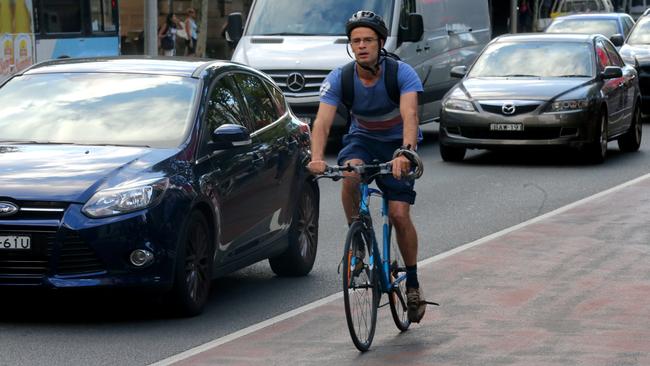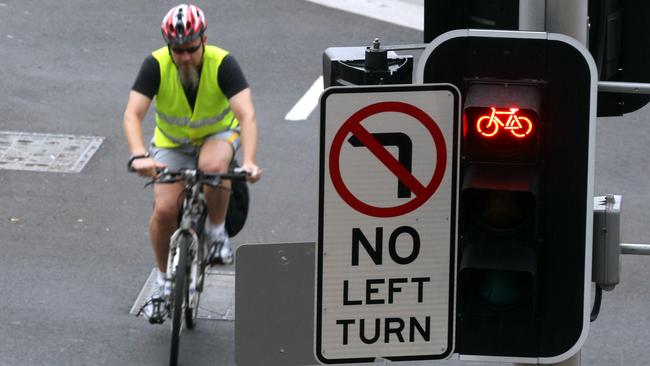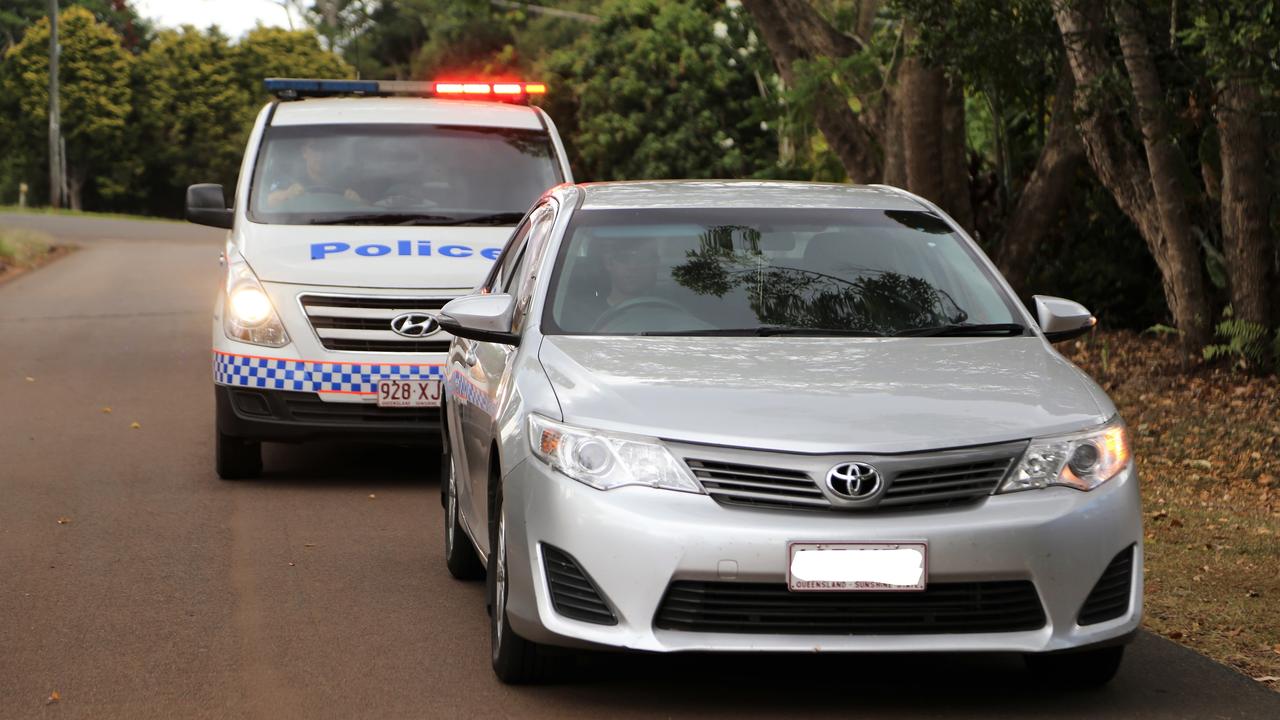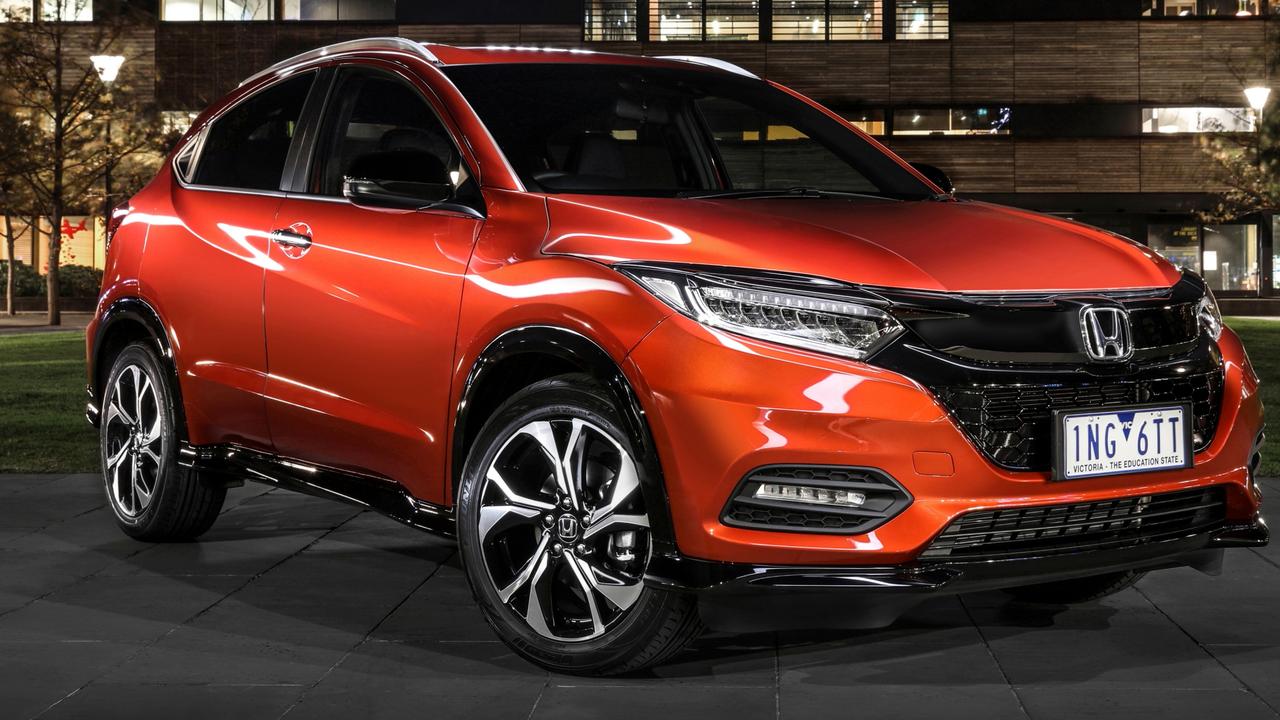The Idaho stop could be a solution to bike riders commuting through the urban environments
NEW bicycle laws treat riders the same as motorists in the eyes of the law, but should cyclists really have to stop at red lights?

FOLLOWING the introduction of radical new fines for bicycle riders in New South Wales, I wrote an opinion piece voicing my concern over the lack of common sense.
The topic was highly contentious, with support and disapproval coming from all directions.
I personally thought one Twitter user nailed the sentiment of the new laws when he said the NSW government offered a solution to something that wasn’t even a problem.
And he openly admits to not even being a cyclist, go figure.
@mattydunn11 @newscomauHQ New bike laws are a solution to problems that didn't exist.. and I'm not even a bike rider.
— Chris Bested (@CrispiestChrisB) March 1, 2016
This was also highly appropriate to the issue at hand.
@mattydunn11 @Shaun_Arms it's 2016 and @mikebairdMP @DuncsOffice are forcing people off their bikes into cars. Global city or Global Joke?
— Witty Winston (@whywinston) March 1, 2016
Another user also brought up a good point, although it’s likely a story for another day.
@mattydunn11 @newscomauHQ I wonder if these laws apply whilst cycling to the casino??
— Adam Ingles (@AdamIngles27) March 1, 2016
Of course, there were people who strongly disagreed with my views on the issue.
@mattydunn11 @BellaHobbelen Well what you save not paying registration& road taxes should be converted to fines for blatant abuse of rules
— Robert (@Robert44183163) March 1, 2016
@KraveDamer @NWWhigham @mattydunn11 @mikebairdMP About time too. Bicycle riders have had it too easy,for too long.
— philip wilson (@bigjew59) March 1, 2016
Of all of the issues addressed in the article, none attracted more attention than the running of red lights.
The general feedback from social media and commenters was that if cyclists want to use the road, they need to abide by the same laws are cars and stop at red lights.
In my article, I pointed out that at many intersections bicycles are unable to trigger the traffic signal.
Obviously unhappy with this logic, people said bike riders could easily push the pedestrian button to trigger the light.
I wondered why the law deemed us equal to a car in this instance, yet we have to perform the actions of a pedestrian to cross the road.
It seemed hypocritical given motorists do not have to hop out of their cars to activate sensors, even though we are apparently equal.
Chief executive of Bicycle NSW Ray Rice also pointed out the idea pushing of a pedestrian button is even more difficult when attempting to turn right at an intersection.
“We are not allowed to ride across the pedestrian crossing as it an offence, so it’s a ludicrous suggestion saying we should get off our bikes to press a pedestrian button,” he told news.com.au
Mr Rice said rather than upgrading traffic lights, we should be strongly considering the lead of the American states, which allow cyclists to roll through stop signs and red lights.
This is called the Idaho stop.
Permitted in Idaho since 1982 - hence the name - the law is pretty straightforward.
“A person operating a bicycle or human-powered vehicle approaching a steady red traffic control light shall stop before entering the intersection and shall yield to all other traffic. Once the person has yielded, he may proceed through the steady red light with caution,” the law reads
“Provided however, that a person after slowing to a reasonable speed and yielding the right-of-way if required, may cautiously make a right-hand turn. A left-hand turn onto a one-way highway may be made on a red light after stopping and yielding to other traffic.”
Essentially, the law means cyclists have to apply common sense when approaching a red light or stop sign.
If other vehicles or pedestrians are using the crossing or if they do not have a clear view of the intersection, they must come to a complete stop and give way.
Alternatively, if the road is clear, they are free to cautiously continue through the intersection after performing what is known as a “rolling stop”.
However, the law stipulates cyclists are not allowed to blast through the traffic light at full speed without slowing to assess the surroundings.
If a cyclist takes advantage of the law and speeds through without consideration, they are viable for a larger fine then before – something that seems entirely fair.
Mr Rice also pointed out there were already intersections where cyclists can turn left at a red light after stopping.
“If the traffic lights are at an intersection with a LEFT TURN ON RED AFTER STOPPING sign and the driver is turning left at the intersection, the driver may turn left after stopping,” the law reads.
Mr Rice argues these intersections have gone off without incident, suggesting the Idaho stop would be equally as effective.
A number of states in the US, also have a similar “Dead Red” laws, which allow both cyclists and motorbike riders to ride through a red light if there is no traffic or if they have been waiting for a prolonged period of time because their bike has not registered with the sensor.

IS THERE ANY EVIDENCE TO SHOW IT WORKS?
The common argument in support of the rule is the fact two-tonne cars travelling an average of 50km/h can’t safely decelerate enough to assess an intersection without coming to a complete stop.
Bicycles on the other hand don’t have this issue as they travel at a much slower speed and have a much wider field of vision when compared to cars.
This means cyclists are also more aware of what is around them are therefore they are in a better position to judge their own safety.
But don’t take our word for it, look at the proof.
After examining 28 years of data since the laws were introduced to Idaho, public health researcher Jason Meggs found injuries resulting from bicycle accidents dropped.
“Interviews in Idaho were conducted with authorities including police, legislators, transportation professionals, bicycle leaders of both recreational and advocacy groups, individuals involved with the original adoption of the law, and members of the general public,” the report read.
“In summary these inquiries strongly supported adoption of the Idaho Law, and no entity whatsoever identified any negative safety result associated with passage of the law.”
In fact, when compared with data from similar-sized cities with comparable percentages of cyclists, topographies, precipitation patterns, and street layouts, Mr Meggs discovered injuries resulting from bicycle accidents were significantly lower.
Mr Meggs had determined that Sacramento and Bakersfield had 30.5 per cent more accidents per bike commuter and 150 per cent more, respectively.
Spokesman for the American Automobile Association of Idaho Dave Carlson said the law worked well and wasn’t a common cause of accidents.
He said the only negative was the rare complaint from motorists who were angry cyclists did not need to stop.
“Generally speaking, it seems to work,” he told theSan Francisco Chronicle.
Just some food for thought.




